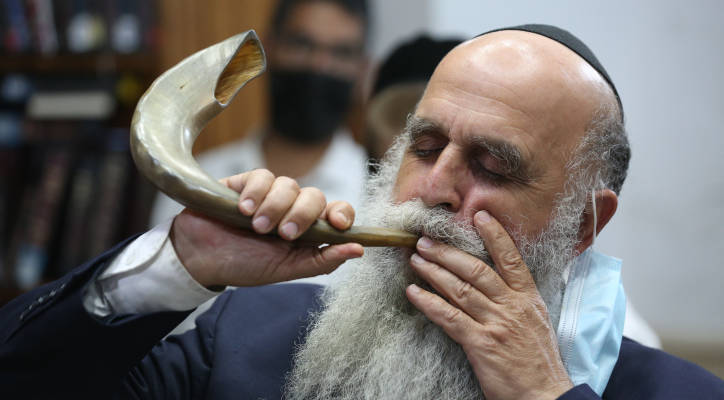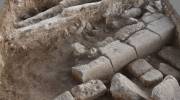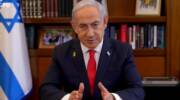The great 10th century sage, Saadia Gaon, compiled a list of 10 interpretations as to what the Shofar represents and why we blow it on Rosh Hashana.
The highlight of the Rosh Hashana service is the Shofar blowing. The Shofar, as most readers are aware, is a ram’s horn. The Shofar makes a number of appearances throughout Scripture.
For example, the Shofar was blown at the Revelation at Sinai when God gave the Ten Commandments. It was also used in biblical times to announce the arrival of holidays and to declare war, among other ritual uses. Indeed, Joshua used a Shofar as both a declaration of war and as a weapon in the assault on Jericho.
It was even used as a musical instrument and is still used as such today.
Do you know why we blow the shofar on Rosh Hashana? Neither do I. It’s simply because the Torah tells us to! As with most mitzvot (commandments) of the Torah, there is no given reason nor promise of reward for fulfilling the mitzvot, that of Shofar included. We do it because that’s what God asks of us.
Nevertheless, the great 10th-century sage, Saadia Gaon, compiled a list of 10 interpretations as to what the Shofar represents and why we blow it on Rosh Hashana, which I would like to share with you.
1. The Shofar recalls the trumpets that were used (and still used today) to coronate a king. Since Rosh Hashana is essentially a celebration of God’s Kingship over the world, it is appropriate that we “coronate” Him as our king, using our “trumpets” just like earthly kings are coronated.
2. The haunting sound of the Shofar arouses us to examine our deeds and renew our relationship with God. As Rosh Hashana begins the 10-day period of repentance leading up to Yom Kippur, it is appropriate that we blow the Shofar for this reason alone.
3. To remember that the Shofar was blown when the Torah was given at Mount Sinai and to use the opportunity to recommit ourselves to Torah study and observance.
4. The Shofar reminds us of the words of the prophets and encourages us to follow their teachings.
5. There are three different sounds that are blown with the Shofar. Each one resembles a different type of cry. In this context, the crying sounds represent our desire for God to redeem us and usher in the Messianic era.
6. The Shofar, being a ram’s horn, reminds us of the binding of Isaac. Instead of sacrificing his son Isaac, Abraham sacrificed a ram instead. Indeed, the story of the binding of Isaac (known as the Akeida) is read from the Torah on Rosh Hashana.
7. The powerful sound of the Shofar reminds us of the power of God who is everywhere at all times.
8. To recall that on the Day of Judgment, a Shofar will be blown to announce its arrival.
9. To recall that in the Jerusalem of the future, the Shofar will be blown to announce freedom and peace for all its inhabitants.
10. Finally, to recall that the Shofar will be blown in Messianic times to announce the redemption of the entire world. At that time, the entire world will come to accept God upon themselves and all forms of idolatry will be eradicated.
So there you have it! Be sure to have some or all of these teachings and interpretations in mind when attending services on Rosh Hashana. May the entire Rosh Hashana experience be a meaningful one for you. And on behalf of United with Israel, we wish you a happy and healthy New Year.

Do You Love Israel? Make a Donation - Show Your Support!
Donate to vital charities that help protect Israeli citizens and inspire millions around the world to support Israel too!
Now more than ever, Israel needs your help to fight and win the war -- including on the battlefield of public opinion.
Antisemitism, anti-Israel bias and boycotts are out of control. Israel's enemies are inciting terror and violence against innocent Israelis and Jews around the world. Help us fight back!























